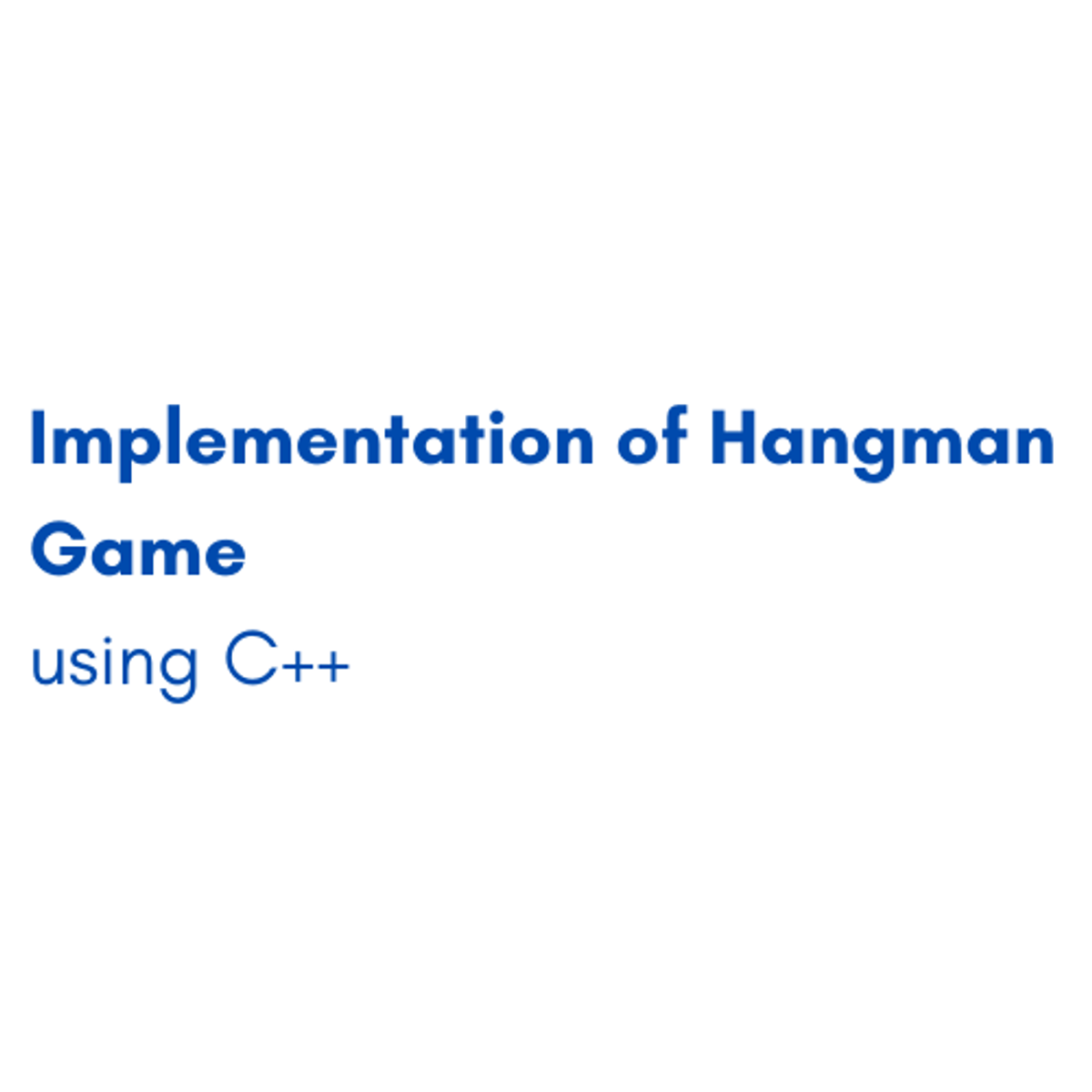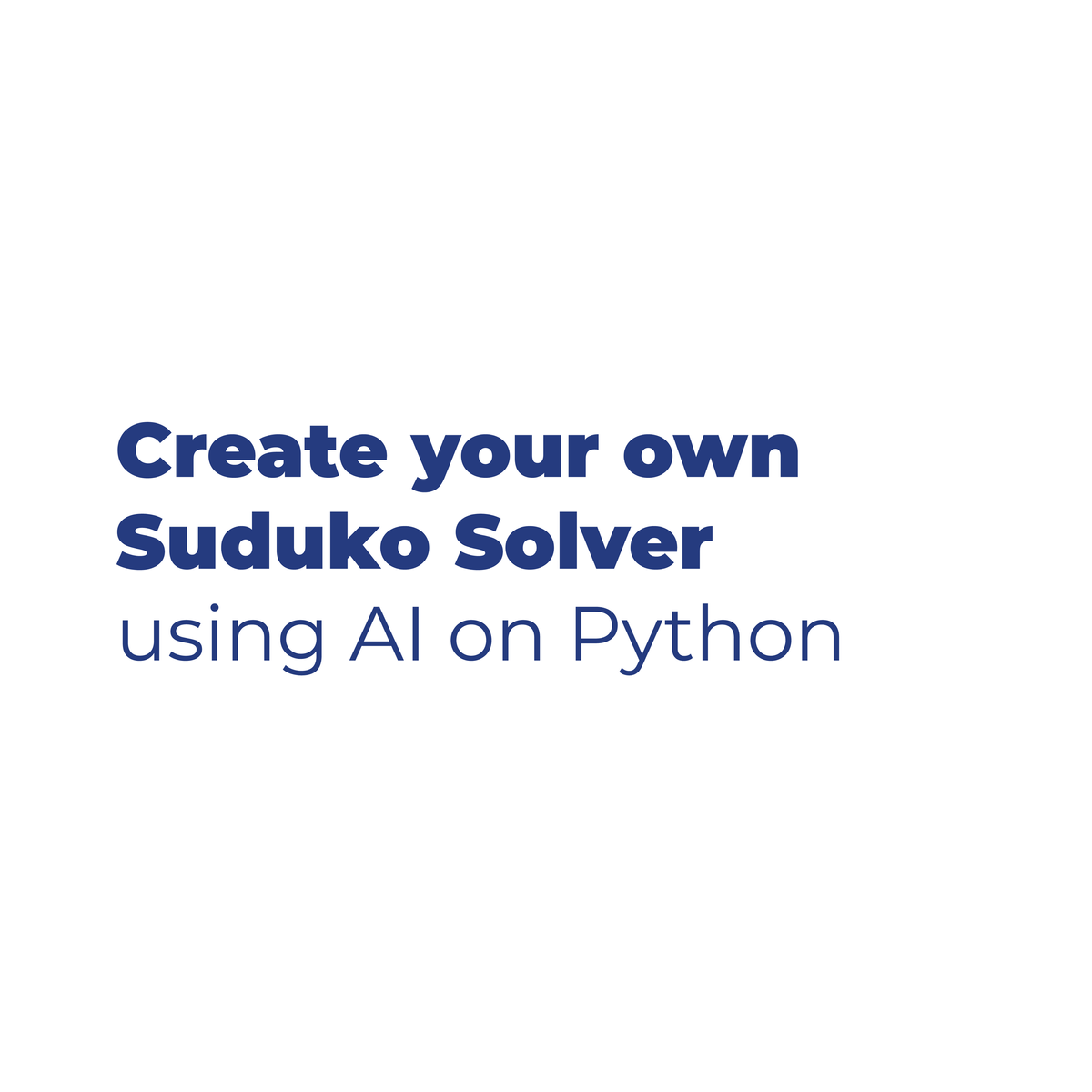Back to Courses









Computer Science Courses - Page 36
Showing results 351-360 of 2309

Cifar-10 Image Classification with Keras and Tensorflow 2.0
In this guided project, we will build, train, and test a deep neural network model to classify low-resolution images containing airplanes, cars, birds, cats, ships, and trucks in Keras and Tensorflow 2.0. We will use Cifar-10 which is a benchmark dataset that stands for the Canadian Institute For Advanced Research (CIFAR) and contains 60,000 32x32 color images. This project is practical and directly applicable to many industries.

Hands-on Introduction to Linux Commands and Shell Scripting
This course provides a practical introduction to Linux and commonly used Linux / UNIX shell commands. It teaches you the basics of Bash shell scripting to automate a variety of tasks. The course includes both video-based lectures as well as hands-on labs to practice and apply what you learn. You will have no-charge access to a virtual Linux server that you can access through your web browser, so you don't need to download and install anything to perform the labs.
You will learn how to interact with the Linux Terminal, execute commands, navigate directories, edit files, as well as install and update software.
You will work with general purpose commands like id, date, uname, ps, top, echo, man; directory management commands such as pwd, cd, mkdir, rmdir, find, df; file management commands like cat, wget, more, head, tail, cp, mv, touch, tar, zip, unzip; access control command chmod; text processing commands - wc, grep, tr; as well as networking commands - hostname, ping, ifconfig and curl.
You will create simple to more advanced shell scripts that involve Metacharacters, Quoting, Variables, Command substitution, I/O Redirection, Pipes & Filters, and Command line arguments. You will also schedule cron jobs using crontab.
This course is ideal for data engineers, data scientists, software developers, DevOps professionals, and cloud practitioners who want to get familiar with frequently used commands on Linux, MacOS and other Unix-like operating systems as well as get started with creating shell scripts.

Implementation of Hangman Game using C++
By the end of this project, we will create a simple fully functioning hangman game using C++. In this project you’ll be able to write functions that will print messages, draw hangman, print available letters and calculate the number of tries, and last but not least, you will be able to get the words that’ll be guessed randomly from a text file.
In this project we’ll use Codeblocks IDE which is an open source IDE and it’s very simple to write our code in , which will help us implement all the needed functions and classes that is necessary to build our game

Typescript in React: Get started
In this course we will work with a number of examples of react components to work our way logically through some of the most commonly used parts of typescript in React. Along the way, feel free to pause the videos at any point and really play with the code to test things out, hover things and try to see if you can use the tooling to find solutions to the problems we have. By the end of the course you will be able to start working with a Typescript project in a React application.

Reliable Google Cloud Infrastructure: Design and Process
This course equips students to build highly reliable and efficient solutions on Google Cloud using proven design patterns. It is a continuation of the Architecting with Google Compute Engine or Architecting with Google Kubernetes Engine courses and assumes hands-on experience with the technologies covered in either of those courses. Through a combination of presentations, design activities, and hands-on labs, participants learn to define and balance business and technical requirements to design Google Cloud deployments that are highly reliable, highly available, secure, and cost-effective.

Dominant Risk Management Standards and Frameworks
Organizations with little experience in risk management will want to look to national and international organizations for guidance in designing and implementing their risk management efforts. There are two dominant organizations that offer guidance in this area: the U.S. National Institute for Standards in Technology (NIST) and the International Standards Organization.
This course examines the risk management frameworks and standards offered by these organization and then discusses other available approaches. The course concludes with a discussion of applications and tools to support the organization’s risk management effort.

Build a Website using React
By the end of this project, you will use React and React Router Dom to Make a Single Page Application (SPA) from an existing website.
Traditionally, a web application requires a trip to the server to fetch a web page when a user clicks on a link. A React Single Page Application sends the complete web application to a browser where the individual components are rendered into navigable web pages using the React Router DOM package.
Note: This course works best for learners who are based in the North America region. We’re currently working on providing the same experience in other regions.

Data Manipulation in JavaScript
This course builds on the skills from the previous course and goes further into managing and manipulating data with JavaScript. You will learn methods for validating and handling data provided by users or coming from an external data source. This course includes a challenge in the form of a seat reservation system, as well as a project that pulls data in from an external data source.
The course objectives include validation basics in JavaScript and jQuery; jQuery form validation plugin features; arrow functions; asynchronous functions; and the JavaScript event loop.

Create your own Sudoku Solver using AI and Python
In this 1-hour long project-based course, you will create a Sudoku game solver using Python. This problem is an example of what is called a Constraint Satisfaction Problem (CSP) in the field of Artificial Intelligence. CSP is a mathematical problem that must satisfy a number of constraints or limitations all the time.
In this project, You will use the Backtracking algorithm to solve CSPs, in a Sudoku game. Backtracking is a recursive algorithm that tries to build a solution incrementally, removing solutions that fail to satisfy the constraints. Eventually, you will be able to use the knowledge acquired from this project on far more complex projects that employ these technologies.
Note: This course works best for learners who are based in the North America region. We’re currently working on providing the same experience in other regions.

Introduction to Test Driven Development (TDD)
Successful developers need to not only build the right software but build it right. To know your software works correctly, you need to test each unit of code. One of the best methods for this unit-level testing is test driven development.
This course provides a detailed overview of test driven development (TDD). First, you’ll learn what automated testing is and why it is essential for building robust applications resilient to failure. You’ll explore the basics of testing, including test cases, testing levels, and the traditional release cycle.
You’ll learn about TDD and its complement, behavior driven development (BDD): TDD tests individual units of code while BDD tests how these units work together.
Then you’ll examine TDD in detail. You’ll explore TDD’s benefits, concepts, and popular tools, and you’ll hone your new testing skills through hands-on labs. You’ll create TDD test cases by writing test assertions and building test fixtures, and you’ll run these test cases by using the Nose testing package. You’ll then practice more advanced TDD methods such as increasing code coverage, generating and using fake data, and testing mock objects.
